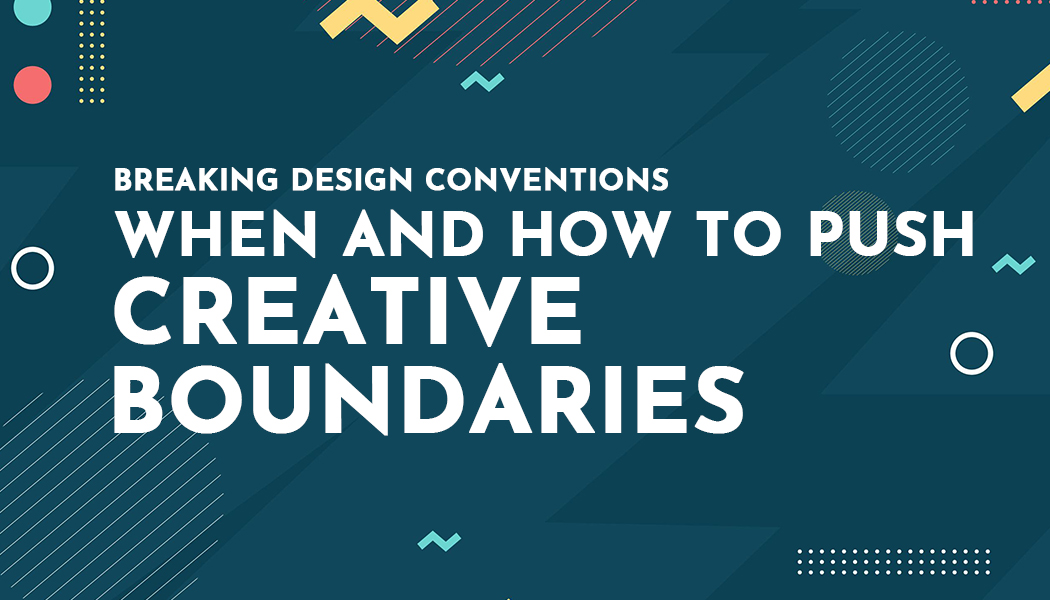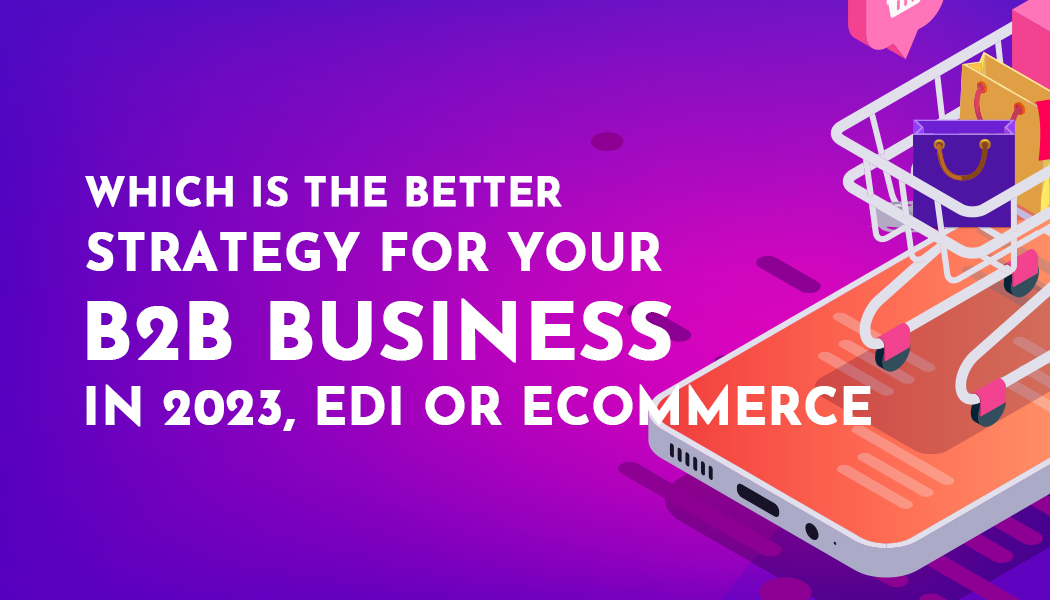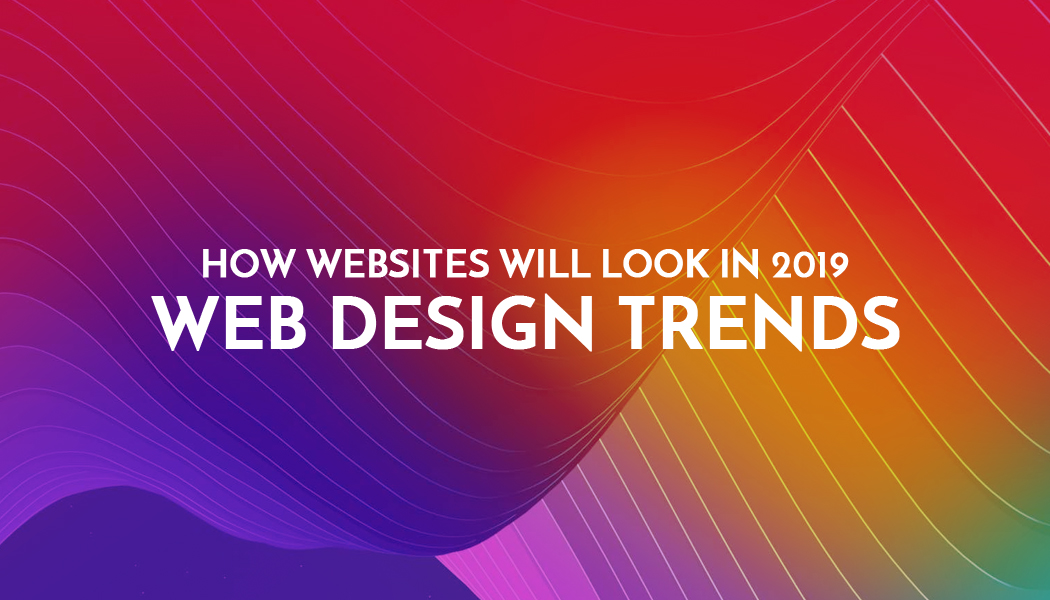Breaking Design Conventions: When and How to Push Creative Boundaries
Picture this: You're browsing the web and stumble upon a website that looks like it's straight out of 1995, complete with flashing GIFs, comic sans font, and a cacophony of colors.
You might think you've accidentally time-traveled, but no – you've just encountered Ling's Cars, a UK car leasing company that decided to choose violence when building their website. It breaks nearly every modern web design convention.
While we don't advocate for every website to adopt such an extreme approach, Ling's Cars serves as an example of how breaking design norms can lead to memorable user experiences (and even a defining piece of a brand).
Design conventions serve as crucial guideposts, ensuring usability and meeting user expectations. However, intentionally breaking these conventions, when executed thoughtfully, can lead to unique and impactful websites that stand out from the competition.
The Power of Constraints
As creativity expert and speaker Jason Keath explains in his book on creativity “The Case for More Bad Ideas,” constraints often serve as a powerful catalyst for innovation. The concept of "Constraints as a Canvas" suggests that limitations can foster creative problem-solving, pushing designers to think outside the box.
Consider Reddit's 5-second Super Bowl ad in 2021. Faced with budget constraints, the company created a simple yet effective ad that flashed a message too long to read in its entirety. This unconventional approach generated buzz and curiosity beyond any other fully funded 30-second spot that year, demonstrating how limitations can spark innovative solutions.
In web design, constraints like budget limitations, technical restrictions, or client demands can be reframed as opportunities to innovate. For instance, when tasked with creating a website for a client with a limited budget, a designer might explore unconventional layout options or focus on a single, impactful feature rather than a complex multi-page site.
The "What If" Mentality in Web Design
The "What If" mentality, a cornerstone of creative thinking, can be a powerful tool in web design. By questioning assumptions and challenging the status quo, designers can uncover groundbreaking solutions.
Take the Waffle House Index, for example. By asking, "What if we used a restaurant chain to gauge the severity of natural disasters?", FEMA created an unconventional yet effective tool for assessing storm damage. Similarly, the Ice Bucket Challenge demonstrated how a non-traditional approach to fundraising could lead to massive success. Neither of these successes would have been possible if people along the way had not asked “What would success look like for these ideas?” when presented with unorthodox or counterintuitive concepts.
In web design, this mentality can lead to innovative solutions. What if navigation was vertical instead of horizontal? What if the homepage was a single, scrolling story? What if user interactions triggered unexpected animations or sounds? By constantly questioning established norms, designers can create unique and engaging user experiences.
Two Websites That Broke the Mold
Spotify's design website breaks conventions with its playful, interactive elements. Instead of a traditional menu, users navigate through a series of floating bubbles. This unconventional approach reflects Spotify's brand personality and creates a memorable experience for visitors.
The decision to break from standard navigation patterns stemmed from a desire to showcase Spotify's creativity and innovation. While potentially risky, this design choice pays off by creating a unique, on-brand experience that engages visitors and encourages exploration.
Stripe's website challenges the convention of static backgrounds with subtle, animated gradients that respond to user movements. This design choice creates a sense of depth and interactivity without compromising usability.
By questioning the assumption that website backgrounds should be static, Stripe created a more engaging and modern feel that aligns with their innovative fintech brand. The subtle nature of the animations ensures that the unconventional design element enhances rather than distracts from the user experience
Navigating the Risks: When to Break Conventions (And When Not To)
While breaking conventions can lead to innovative designs, it's crucial to approach this strategy with caution. The primary goal of any website is to serve its users and achieve its objectives. Therefore, designers must carefully weigh the potential benefits of unconventional choices against the risks of confusing or alienating users.
Consider the following guidelines when deciding whether to break design conventions:
1. Understand your audience: A tech-savvy younger audience might appreciate unconventional design choices, while an older, less digital-native audience might prefer familiar patterns.
2. Align with brand identity: Unconventional design should reflect and enhance your brand's personality and values.
3. Test and iterate: Before fully committing to an unconventional design, conduct user testing to ensure it enhances rather than hinders the user experience.
4. Ensure core functionality: While pushing boundaries, make sure essential functions remain intuitive and accessible.
5. Consider the long-term impact: Some constraints, like naming conventions, can be easily changed later if needed. Others, like fundamental navigation structures, may be more challenging to alter once established.
Cultivating a Culture of Creative Risk-Taking
Fostering a culture that encourages experimentation and values diverse perspectives is crucial for pushing creative boundaries in web design. Here are some strategies for building a more creatively daring team environment:
1. Embrace "good" failure: Create an atmosphere where team members feel safe to take risks and learn from unsuccessful attempts, while still implementing quality design thinking.
2. Encourage cross-pollination: Expose your team to diverse influences beyond web design, such as architecture, nature, or other artistic disciplines.
3. Implement regular brainstorming sessions: Set aside time for team members to share and discuss unconventional ideas without judgment.
4. Establish feedback loops: Create mechanisms for gathering and incorporating user feedback on unconventional design choices.
5. Celebrate creative successes: Recognize and reward team members who successfully push boundaries and create innovative solutions.
Breaking design conventions can be a powerful tool for creating memorable and impactful websites. By embracing constraints, adopting a "What If" mentality, and carefully considering when and how to push boundaries, designers can create unique experiences that stand out in a crowded digital landscape.
However, it's crucial to approach unconventional design with intentionality, user-centricity, and a willingness to iterate. By balancing creativity with usability, designers can push the boundaries of what's possible in web design while still creating effective and engaging websites.
As you embark on your next web design project, challenge yourself to question assumptions, embrace constraints, and explore unconventional solutions. The future of web design lies not in rigidly adhering to established norms, but in thoughtfully and creatively pushing the boundaries of what's possible.




